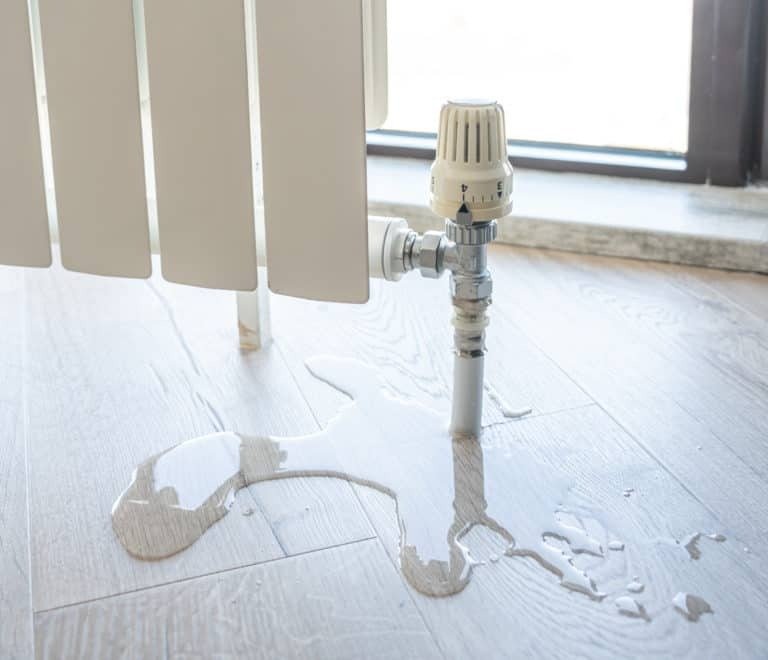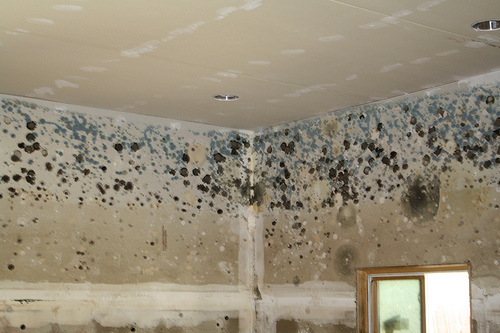Here in the next paragraph yow will discover lots of great content in regards to How to Repair and Prevent Bathroom Water Damage?.

Water damage frequently takes place in the bathroom as a result of the water used day-to-day. Sometimes, the damage could be a little mold and mildew from the shower. Other times, it's large damage on your flooring. Whatever it is, it is constantly great to recognize the cause and also prevent it prior to it happens.
This guide will certainly go through a few of the usual reasons for water damage in the washroom. We will certainly also analyze what you can do to prevent these causes from harming your bathroom. Let's dive in.
These are the usual reasons you would have water damage in your washrooms and exactly how you can detect them:
Excess Moisture
It's amazing to have that lengthy shower and sprinkle water while you hem and haw and also act like you're doing, yet occasionally these acts can cause water damage to your restroom.
Spraying water around can create water to go to corners and also create molds. View exactly how you spread out excess dampness around, and when you do it, clean it up to prevent damage.
Fractures in your wall surface floor tiles
Bathroom wall tiles have been specifically created for that objective. They shield the wall from moisture from people taking showers. Nevertheless, they are not unbreakable.
Often, your washroom wall surface tiles crack and enable some wetness to seep into the wall. This could potentially destroy the wall if you don't take any type of action. If you observe a fracture on your wall surface ceramic tiles, repair it instantly. Don't wait until it damages your wall.
Overruning bathrooms and also sinks
As people, occasionally we make blunders that can create some water damage in the washroom. As an example, leaving your sink faucet on can create overruning as well as damages to other parts of the restroom with dampness.
Additionally, a damaged commode could trigger overflowing. As an example, a broken toilet deal with or other parts of the cistern. When this takes place, it can harm the floor.
As soon as you notice an overflowing sink or commode, call a plumbing professional to assist take care of it right away.
Burst or Leaking Pipelines
There are lots of pipes lugging water to various parts of your restroom. Some pipes take water to the toilet, the sink, the faucets, the shower, as well as numerous other areas. They crisscross the little area of the bathroom.
Once in a while, these pipelines might get corroded as well as burst. Various other times, human activity could cause them to leakage. When this occurs, you'll locate water in the corners of your bathroom or on the wall surface.
To identify this, look out for gurgling wall surfaces, molds, or mold. Call an expert emergency plumbing professional to fix this when it happens.
Roof covering Leaks
Sometimes, the trouble of water damage to the restroom might not originate from the restroom. For example, a roof covering leakage could trigger damage to the washroom ceiling. You can find the damages done by checking out the water stains on the ceiling.
If you discover water stains on your ceiling, inspect the roof to see if it's harmed. Then, call an expert to help fix the issue.
Final thought
Water damage to your bathroom can be frustrating. However, you can manage it if you prevent some of the reasons mentioned in this guide. Call a specialist emergency plumbing professional if you discover any kind of severe damage.
How to Prevent Water Damage in Your Bathroom?
Water damage repair is an expensive, meticulous, and lengthy process. Unfortunately, bathrooms are the most susceptible rooms to water damage due to toilets, showers, and sinks. Pipes and fixtures wear out over time and are not immune to damage. But all is not lost, as there are ways to prevent water damage from occurring in your bathroom.
Check Your Plumbing
Nothing lasts forever, especially pipes, which can rust and begin leaking over time. You should periodically conduct pipe inspections and pay attention for any musty smells or water stains that may indicate you need water damage repair. Here are some things to check:
Frequently test valves for your toilet, shower, and sink to ensure they are properly working. Check faucet supply lines hidden under vanities and replace when needed. Replace cracked or deteriorating caulking along sinks, tubs, and showers. If you notice a clog in your sink, call in a professional. Since you can’t check the pipes in the wall, keep an eye out for stains, drywall bubbling, musty smells, and excess moisture; if the bathroom is on a second level, check the ceiling of the room directly below for these signs. Don’t Overwork Your Toilet
One of the most common reasons bathrooms need water damage repair is due to overflowing toilets. Save yourself the hassle of cleanup by being mindful and not pushing your toilet to extreme limits. If you have young children, it is especially important to keep an eye on them when they are in the bathroom and to teach them how to avoid clogging the toilet. Here are some more tips to help prevent your toilet from overflowing:
If you have a septic tank, only use septic-safe toilet paper Do not flush anything down the toilet besides toilet paper; items like diapers and sanitary napkins will clog the piping Pay attention to your toilet’s water level: If it’s low, it could mean it is partially clogged or that there is a crack in the toilet bowl https://www.alure.com/home-improvements-blog/resources/how-to-prevent-water-damage-in-your-bathroom

I'm just very focused on How to Repair and Prevent Bathroom Water Damage? and I really hope you appreciated the entire entry. For those who appreciated our page plz do not forget to share it. Thanks for your time spent reading it.
Request Appointment